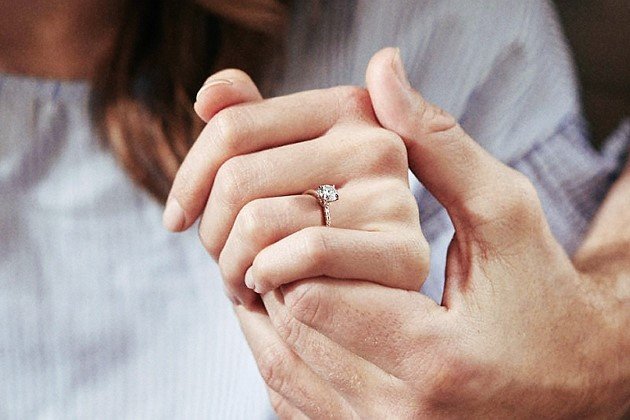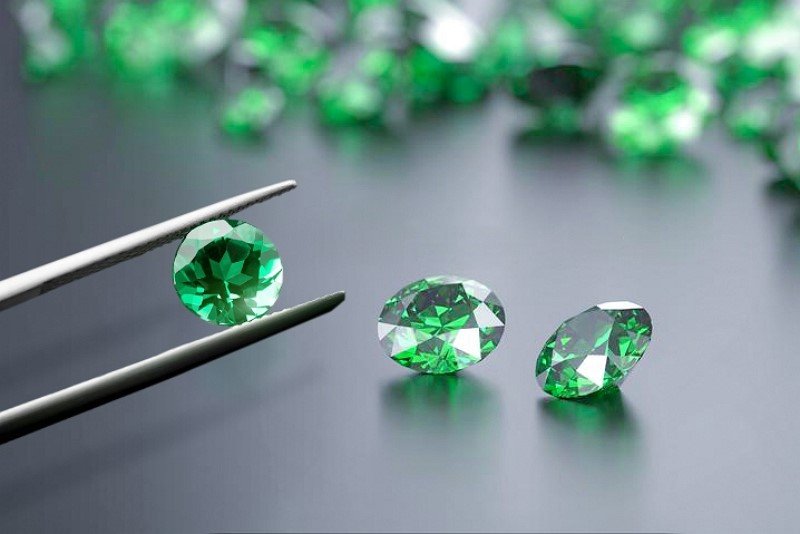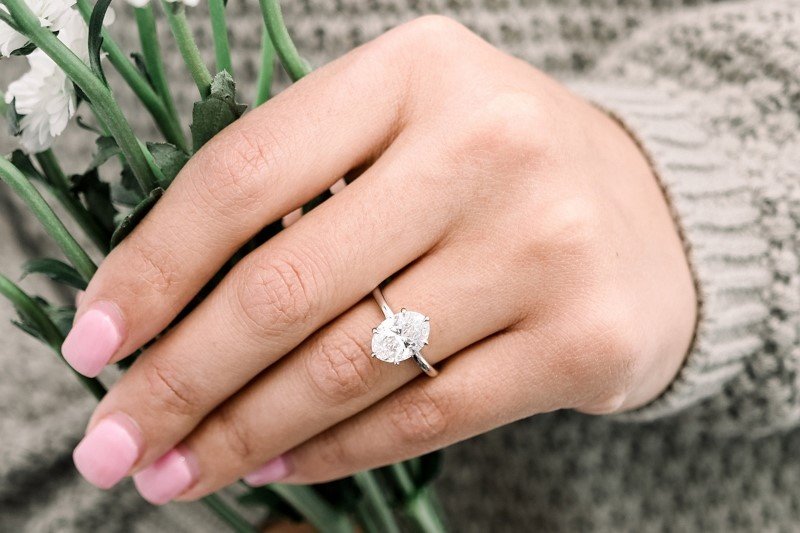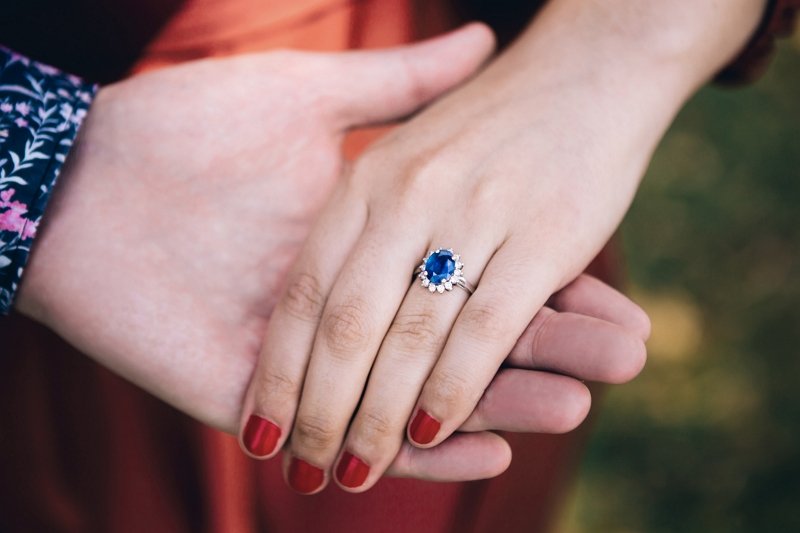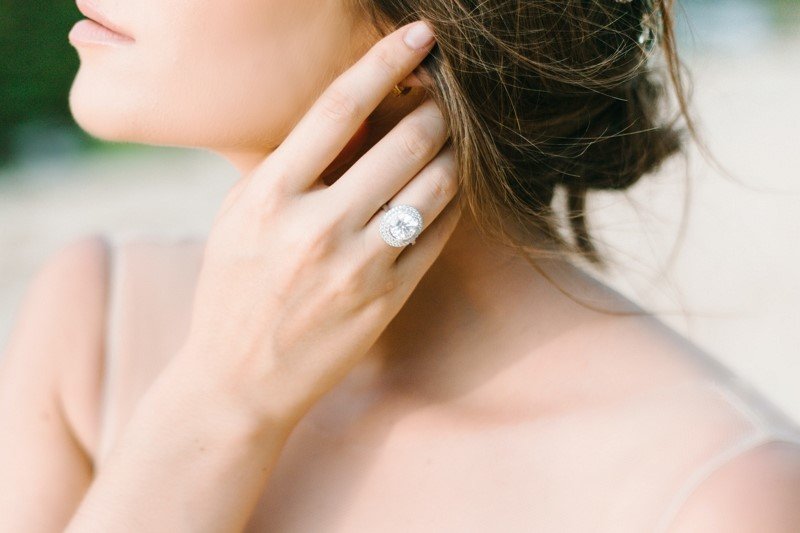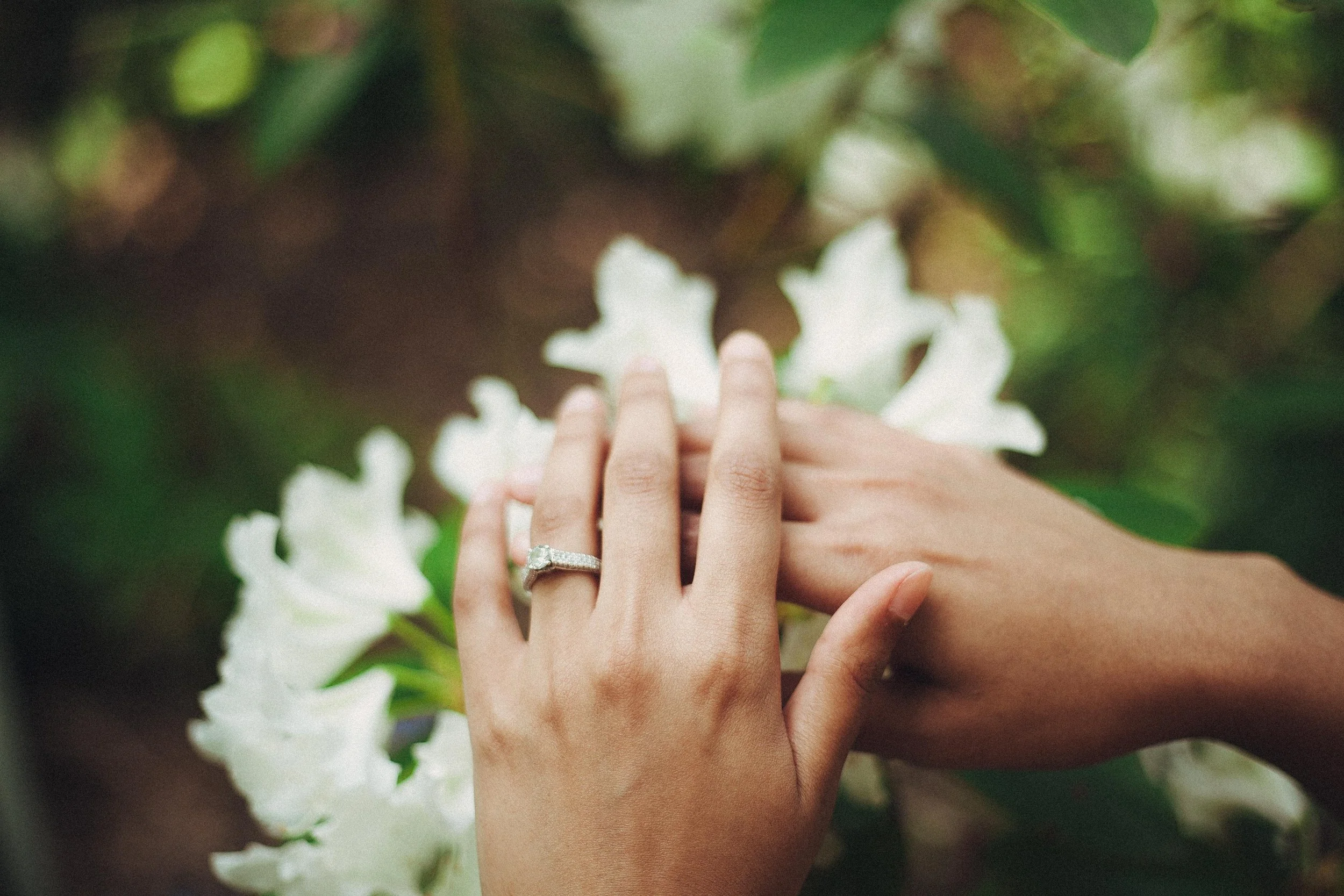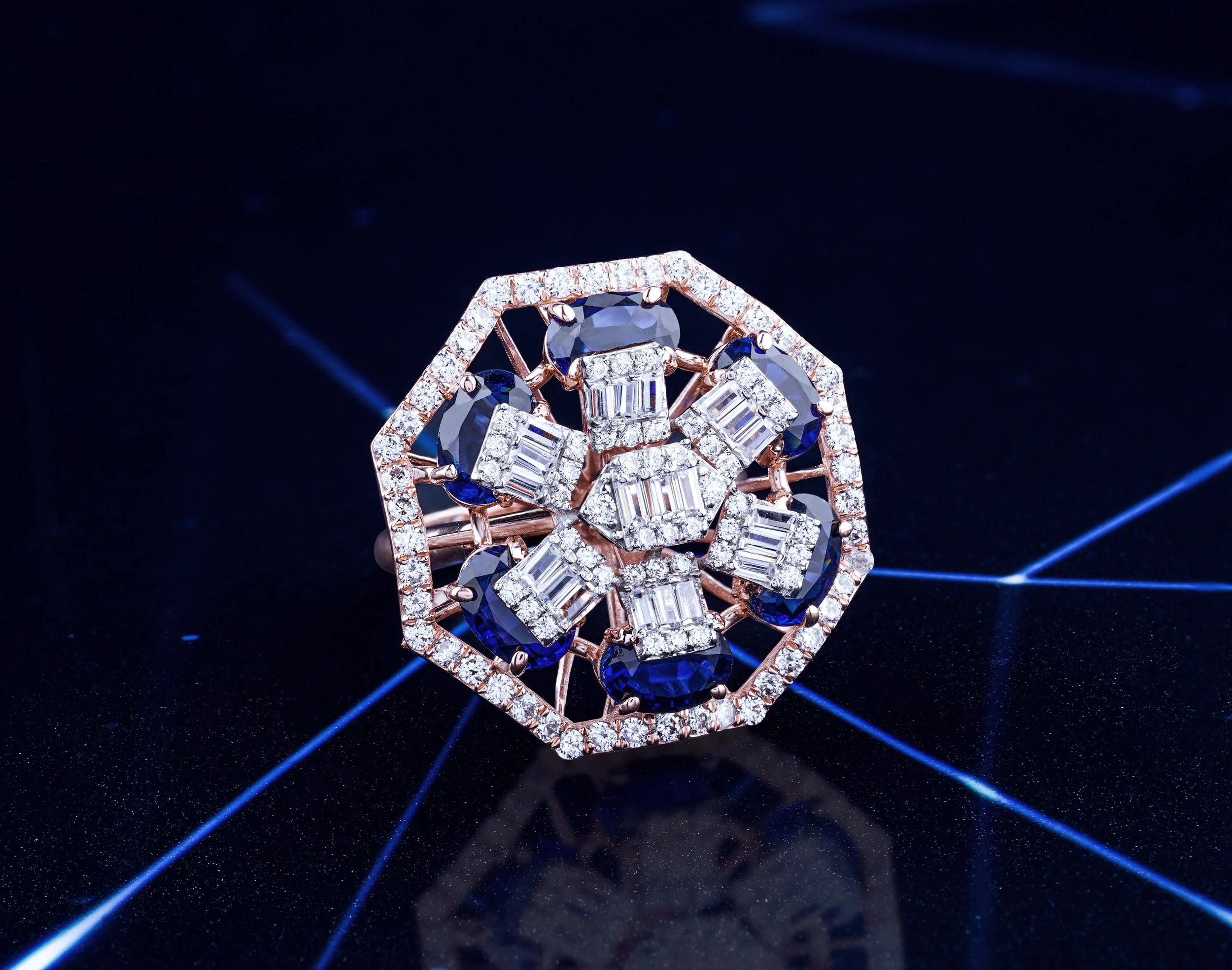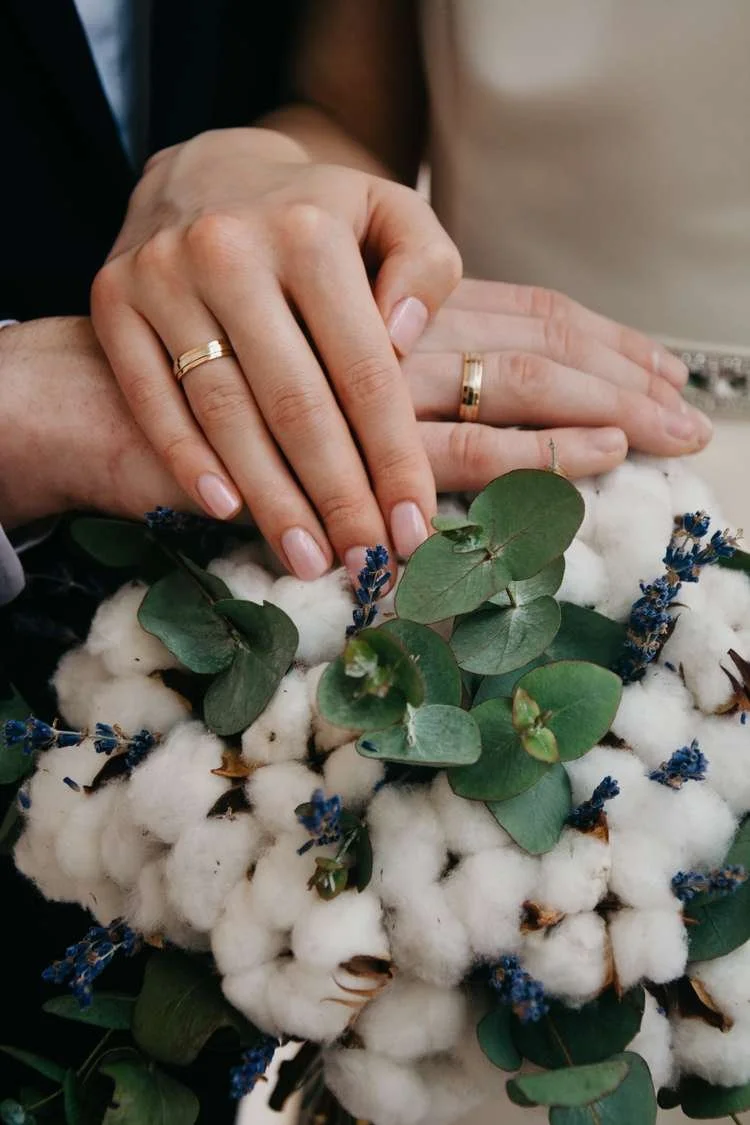10 Best Diamond Engagement Ring Cuts for Your Special One
—
IN THIS ARTICLE
—
- 01 Princess Cut Lab-grown Diamond
- 02 Lab-grown Emerald Cut Diamond
- 03 Cushion Cut Lab-grown Diamond
- 04 Lab-grown Asscher Cut Diamond
- 05 Lab-grown Marquise Cut Diamond
- 06 Radiant Cut Lab-grown Diamond
- 07 Pear Shaped Lab-grown Diamond
- 08 Lab-grown Round Cut Diamonds
- 09 Lab-grown Oval Cut Diamonds
- 10 Lab-grown Heart Shaped Diamond
Diamonds are brilliant, pure, and indestructible, symbolizing everlasting love. Proposing with a diamond engagement ring is a universal tradition used over many generations to profess undying love and devotion to someone special. As an alternative option to natural diamond rings (which come with certain controversies), lab-grown diamond rings have grown in popularity in recent years. Lab-grown diamonds are certifiable real diamonds. They are physically, chemically, and optically identical to natural diamonds. They often have even better quality and consistency than their mined counterparts because they are grown in a highly controlled environment. With a reasonable price, a conflict-free lab-grown diamond engagement ring becomes a trending choice among most modern couples.
In terms of diamond cuts, there are many varieties to choose from. It can be daunting (and overwhelming) to shop for the shape that best matches you and your partner’s style and personality. To give you more insights, we have organized a review of the 10 most popular diamond cuts.
What Are the 10 Most Popular Diamond Cuts?
1. Round
2. Oval
3. Emerald
4. Princess
5. Cushion
6. Marquise
7. Radiant
8. Heart
9. Asscher
10. Trillion
(Not to mention the plethora of other diamond shapes like asprey cut, eighty-eight cut, ashoka cut, jubilee cut, and more.)
To make this important choice as simple as possible, let's break down the top 10 most popular diamond cuts and make the selection process easier for you.
Top 10 most popular diamond cuts on the market for all lab-grown diamonds
1. Lab-grown Princess Cut Diamond
The princess cut is one of the most historical fancy cuts in the diamond world. Although the princess cut was popularized in the 1960s, its roots can be traced back to as early as the 14th century. Princess cut lab-grown diamonds are typically square-shaped with sharp edges.
Princess cuts are able to seamlessly blend bold sparkle with modern clean lines. These stunningly shaped diamonds give off a spectacular shine with a gorgeous shape.
A lovely princess-cut lab-grown diamond makes a beautiful centerpiece for any engagement ring and matches perfectly with almost any setting. In addition, the straight, clean lines speak to the modern style enthusiasts who want a highly personalized engagement ring. A princess-cut lab-grown diamond engagement ring may be just the ring you've been looking for.
Your love story is unlike anyone else's, so why not have your lab-grown diamond engagement ring set with a colorless white, rose pink, sky blue, sunny yellow, or green princess-cut lab-grown diamond made from you and/or your partner’s DNA?
-
Princess-cut lab-grown diamonds are fantastic because they give you the perfect combination of uniqueness, fantastic light return for maximum sparkle, and they cost less than round diamonds. Another reason to love princess cuts is that they carry their weight a lot better than most fancy cuts. This means that they typically appear larger per carat weight because of their longer diagonal dimensions.
For these reasons , the princess cut will always be in style no matter if they are mined or grown in the lab. They are one of the most popular fancy diamond cuts in the world.
-
Princess-cut lab-grown diamonds are the most brilliant and sparkly of all the fancy shapes. They have a distinct geometric look, which is popular with both female engagement rings and male bands.
-
If a princess-cut diamond looks like the right fit for your engagement ring, consider using a protective setting for the stone, because the pointed edges of princess-cut diamonds are prone to chipping.
2. Lab-grown Emerald Cut Diamond
Lab-grown emerald cut diamonds are popular for their renowned elegance. They are typically rectangular with cut corners and mirror-like faceting. Unlike round and princess cut diamonds, which are popular for their sparkle and brilliance, emerald cut diamonds are loved for their clean mirror-like visual appeal. This look is achieved by the step-cut style, which creates rectangular parallel facets in the diamond. The facets go down into the pavilion in steps (hence the name).
Emerald cuts have fewer but larger facets than round diamonds, so they produce fewer, larger light flashes. However, what they lack in facet quantity, they make up with an elegant and glamorous overall look. They also make the finger look longer and slimmer when worn, so it is no surprise that they are a celebrity favorite for engagement rings!
-
Emerald cut diamonds are cheaper than round diamonds and most fancy cuts, and the same is true for emerald-cut lab-created diamonds. This is for two main reasons. First, the demand for emerald cut diamonds is lower than is it for round cuts and princess cuts. Secondly, and this is the case for most fancy cuts, they provide a higher yield during cutting, which means that cutters lose little weight when cutting these diamonds. Therefore, they’re able to sell the diamonds at a cheaper price.
-
The actual price of an emerald cut diamond is dependent on a few different specifications. Things like color and clarity are very important when it comes to pricing. Lab diamonds can cost 40% to 60% less than a natural diamond of the same size and quality. For example, a 1-carat emerald cut natural diamond may cost between $3,200 and $8,000 depending on its quality, while a 1-carat emerald cut lab diamond at Sunny Eden™️ is priced at $5,200 between FL (Flawless) and VS2 (Very Slightly Included).
If you are hesitant due to the high price of the natural diamonds on the market, lab-grown diamonds may be the perfect alternative for you. Lab-grown diamonds are more accessible while having the same physical, chemical, and optical properties as natural diamonds. Sunny Eden™️ can even bring your lab-created diamond to another sentimental level by growing it from the carbon in you and/or your partner’s hair!
3. Cushion Cut Lab-grown Diamond
Cushion-cut diamonds are the perfect combination of modern and traditional. This cut has gained popularity over the past decade. Similar to princess cut with its square shape, a cushion cut has rounded corners that gives it a softer look, whereas princess cut has sharp corners. These rounded corners combined with its overall square shape give the cushion cut a pillow-like look, hence the name! While cushion cut has less brilliance than round brilliant cut diamonds, it is cut with the most dispersion (also known as fire). Cushion cut displays more flashes of colored light than any of the other fancy cut diamonds.
Although most cushion cut lab-made diamonds are square shaped, they come in a wide variety of different looks - crushed ice, antique, perfectly square, elongated, sharper corners, rounded corners, wider or smaller facet patterns, and many more! Thus, the perfect choice comes down to personal preference.
-
Like most fancy-cut diamonds, cushion cuts show their weight better than round-cut diamonds. So it is indeed true that they appear to be bigger when viewed from the top. However, it is not always the case that a cushion cut lab-grown diamond will look larger than a round one of the same carat weight. This is because, while cushions typically have a bigger table spread, the brilliance of round lab-made diamonds will often make you believe that they are larger than they are.
-
Like princess and emerald-cut lab diamonds, cushion cut diamonds typically cost less than round lab-grown diamonds. You can save up to 25% by buying a cushion-cut lab-made diamond instead of a round one. The reason is the same: a higher yield from the rough diamond!
4. Lab-grown Asscher Cut Diamond
Asscher cut lab-made diamonds are similar to emerald cuts, because they are both step cuts with mirror-like faceting. The primary difference between the two lies in the the length to-width ratio. Most emerald cuts have a rectangular shape, whereas most asscher cuts have a square shape. They also differ in the way they are cut at the corners. The corners for emerald cuts are slightly cut (mainly for safety and security reasons), whereas asscher cuts have deeply cut corners for a more octagonal-looking stone.
An embodiment of vintage fashion, asscher cuts have been around since 1902. However, they truly started to gain popularity in the 1920s. The most modern resurgence we’ve seen in its popularity was in the early 2000s, hence their popularity even today.
-
If you’re looking for a lab-made diamond with maximum sparkle, you may want to consider choosing a round brilliant diamond instead. Asscher cuts do let in a lot of light thanks to the reflective nature of their mirror-like facets, however they are cut to optimize clarity rather of sparkle. They don’t offer enough light return to the eye to give the same scintillation and brilliance as a round brilliant or a cushion-cut diamond.
With this in mind, are asshcer cut lab diamonds worth buying? Absolutely! If you’re going for a vintage-style engagement ring or want your diamond to have a clean, unique, elegant feel to it, this might be the perfect cut for you.
-
Like the other fancy cuts we’ve already looked at, the asscher cut offers more yield for a rough diamond. However, pricing for asscher cut lab diamonds is usually a little higher because they are typically cut with higher clarity grades. With higher clarity comes higher pricing.
The name “Asscher” has a rich royal history. This diamond cut is very rare compared to other fancy cuts, and is not seen very often in the market. This applies to both natural and lab-grown diamonds. This scarcity brings higher pricing. Nonetheless, Asscher cut diamonds are generally cheaper than their round-cut counterparts.
5. Lab-grown Marquise Cut Diamond
The marquise cut has a truly unique and special shape. Many diamond lovers remark on its resemblance to an eye, or even a ship. Its elegant oval shape with pointed ends on each side give it an elongated, regal appearance.
The rare marquise cut is not often seen on diamond rings, but when you do see one of these beautiful pieces, it’s clear to see that the marquise cut is in a class of its own! They have a distinctive look, so they are the perfect choice if you’re looking for something non-traditional. Because of their narrow shape, marquise diamonds create the illusion of a greater carat weight. In addition, they also make the wearer’s finger look slimmer and longer!
-
Lab-grown diamonds are created from pure carbon. Fascinatingly, hair contains a very high percentage of carbon, which allows diamonds to be created from a person’s unique essence. Scientists first extract the carbon from the hair sample, and then cultivate it in an HPHT machine that simulates a natural environment to make a high-purity diamond. This lab-grown diamond has the same characteristics as a natural diamond. Artisans cut it into marquise diamonds according to the customer's preference. The marquise diamond has an elongated oval shape with pointed ends. Because of their narrow shape, marquise diamonds create the illusion of greater size.
-
A standard marquise has 58 facets though some have 56. When it comes to marquise cuts, it is less important to worry about the exact number of facets, and far more helpful to make sure you are avoiding a marquise cut with a prominent bowtie effect.
Shape and symmetry are critical for marquise cuts. The perfect marquise lab diamond will have pointed ends that are well-defined and aligned with smooth curves (not too bulged out or too flat).
6. Radiant Cut Lab-grown Diamond
The radiant cut has a similar shape to the emerald cut. Their main difference that the emerald cut is a type of step cut, which means that it has facets that are arranged in parallel rows for a mirror-like effect. On the other hand, the radiant cut is a type of brilliant cut. This means that the radiant cut is optimized for sparkle. Its 70 glorious facets are cut to precision to give as much light return as possible, giving it the ultimate glittering beauty of a lab-made diamond!
-
Radiant cut lab diamonds are some of the most affordable lab diamonds on the market. But as we know, the larger the carat size, the more the lab diamond will cost (considering other qualities are the same). It is quite reasonable to expect a five-figure price tag for a 3 carat radiant cut lab-made diamond of suitable quality.
With natural diamonds costing a fortune, the marvel of lab-grown diamonds is a life-saver. With modern technology making these diamonds possible, you can get a larger carat weight, higher grades for color and clarity, and the same exact visual appeal and durability of a natural diamond - for a fraction of the cost!
7. Pear Shaped Lab-grown Diamond
Pear shaped lab diamonds (sometimes referred to as teardrop lab-made diamonds) are what you’d get if an oval lab-grown diamond and a marquise lab diamond were merged into one. On one end it is rounded and smooth and on the other, it is pointed. The pear shaped is unique and non-traditional, which makes it a wonderful choice for those seeking something special! It is also one of the fancy cuts that gives the illusion of longer and slimmer fingers, adding to its popularity.
-
There is no standard way to wear a pear cut lab diamond ring. Most people prefer to wear it with the pointed end facing them, but some people prefer it to face away in the opposite direction. We’ve even seen engagement rings with the pear cut lab-grown diamond set diagonally. The choice is a matter of preference.
-
Unlike most lab-created diamond shapes, the pear cut is one of the easiest shapes to recut. There are a few different reasons why one might up to have their lab diamond recut — to increase its brilliance, fix a chipped pointed end, improve symmetry, or change the shape of the lab-grown diamond altogether. One thing to keep in mind if you’re considering recutting, is that the chance of your lab diamond losing some of its carat weight is pretty high.
8. Lab-grown Round Cut Diamonds
It is no secret that round lab-made diamonds are the most popular of all cuts. They have been around for generations and are considered the benchmark of lab diamond quality and perfection. The round cut optimizes light reflections to make it more brilliant than other diamond shapes. They have a uniform and symmetrical shape and usually consist of 58 facets. They are also the most expensive of all lab-grown diamonds because they are so popular that there is high demand. Secondly, they have the most wastage during cutting and polishing.
-
The cut is extremely critical for round lab diamonds. You can save money on things like color, clarity, and even carat weight but do not cut corners with the cut of your round lab-made diamond. It controls how light bounces in and out of your lab-made diamond, so it is essential for sparkle. A high-quality cut creates the signature brilliance that the round cut lab-grown diamonds are known for! So how do you know if your lab diamond is well-cut? There are a lot of resources online that detail exactly what to look out for, but what we would recommend is first to find a reliable trustworthy lab diamond vendor (Sunny Eden™️ makes lab diamonds from hair) which promises all diamonds are among an exquisite range.!
9. Lab-grown Oval Cut Diamonds
In terms of shape, the oval cut lab diamond is an elongated round brilliant, or a marquise with rounded ends.
It packs the brilliance of a round lab diamond (not all of it though) and the elongated elegance of marquise cuts. It is also less expensive than the round cut.
Oval lab-created diamonds have become very popular in recent years thanks to some celebrities rocking oval diamond engagement rings. They complement a lot of different finger shapes and sizes, so they are one of the most wearable lab diamond cuts!
10. Lab-grown Heart Shaped Diamond
No other cut says “I give you my heart” like the heart cut lab-created diamond. It is shaped like the universal symbol of love, which makes it special. A typical heart cut lab diamond has two lobes, a cleft, a belly area, wings, and one pointed end.
Just like love, there’s no standard for the perfect heart cut in lab-grown diamonds. You choose the one you love. Some people prefer heart cuts with large lobes, others even prefer to have no cleft in their heart shapes. It all comes down to personal preference.
While you can choose whichever shape you like, keep in mind that symmetry is important for heart-cut lab diamonds. So ensure that the lab-grown diamond has well-balanced lobes and a well-defined pointed end that is symmetrical to the cleft. A perfectly symmetrical heart is one where the cleft divides the lobes into two equal halves.
Which lab diamond cut is the most popular one in the U.S.?
To put it simply, the round cut(also names brilliant cut)is the ultimate most popular cut in the U.S. and the whole world at large. The round cut boasts 58 facets of unmatched scintillating brilliance, and we can’t get enough of its sparkle! Round lab-made diamonds represent more than two-thirds of lab diamonds in the world.
What diamond cut should I pick?
Ultimately, choosing the shape or cut for your lab diamond is a personal choice. It is important to understand the pros and cons of each cut and choose a brand that speaks to you. Picking just one shape out of many can be difficult, but with the right vendor, you don’t have to do it alone!
Customize it!
At Sunny Eden™,️ we believe that your lab diamond made from hair is so much more than just a diamond on you and your loved one’s finger. You get the opportunity to create your lab-grown diamond from your hair, which seals the sentimental values forever. Sunny Eden™ scientists extract the carbon from the hair and cultivate it in a high-pressure high temperature (HPHT) machine that simulates a natural environment to make a high-purity diamond. This lab-grown diamond has the same characteristics as a natural diamond. Artisans cut it into diamonds cut according to your preference.
Hair is personal and unique to every individual, so it is the perfect ingredient for the right customized diamond to celebrate life moments. While most lab diamond engagement rings are colorless, your diamond made from hair can be in fancy colors if you want - yellow, green, blue, or pink! You can also choose to only get the ethically sourced lab diamond as a loose stone to keep, but there’s an array of unique diamond ring styles available to you for you and your significant other to wear on your fingers. Sunny Eden™ guarantees that you’ll find something you love and speaks to your style. And if you don’t, send them a picture of your design, drawing, or photo, and they will craft it for you!
Sunny Eden™'s lab-grown diamonds from hair are certifiable by GIA, IGI, and other renowned organizations, and can even be engraved with a name or a special message! Each diamond from hair is lab-created and hand-processed, so you can take comfort in knowing that there is only ONE unique and personal diamond like yours in the entire world. Truly the perfect way to crown your special love story!












